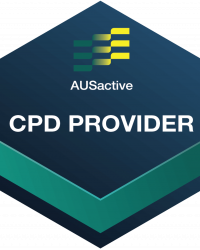Mat Repertoire
Abdominal Work:
Roll Back
Alternate Names
Half Roll Back
Derived From
Classical Mat Work: The Roll Up
Primary Element
Stability
Why for Primary?
To develop transversus abdominis activation and control, by engaging the transversus abdominis to initiate the posterior tilt of the pelvis.
Secondary Element
Mobility
Why for Secondary?
To develop spinal mobility, in particular improve lumbar mobility.
Tertiary Element
Strength
Why Tertiary?
To build strength in the torso flexors primarily:
- Rectus abdominis
- External and internal obliques
- Psoas major
Repetitions
8-10
Plane of Motion
Sagittal
Targeted Muscles
Abdominal muscles – transversus abdominis, the deepest layer of abdominal muscles. Its role is to support the torso by maintaining abdominal wall tension which stabilises the spine and pelvis. In addition the torso flexor muscles:
- Rectus abdominis
- External and internal obliques
- Psoas major
Warnings
This exercise may be unsuitable for clients where spinal articulation is contraindicated or where abdominal activation, particularly torso flexion is contraindicated or would cause pain.
Execution
Sit tall on the Mat from ischial tuberosities (sitting bones) with the legs bent and the feet flat on the floor in line with the hip bones. Reach the arms in front of the shoulders with the palms facing inwards.
Exhale to engage the abdominals, roll back off the sitting bones and create a ‘C’ curve with the lumbar spine, then continue to create a thoracic ‘C’ shape keeping the shoulders relaxed. Inhale to maintain the flexed position of the torso, then exhale to bring the torso forward, maintaining the ‘C’ shapes until the shoulders are positioned over the hips. Sit tall in a capital ‘I’ position.
Observations
Do a body scan of the client taking note of the following points
Pelvis
- Are the hip bones even horizontally or is the client leaning to one side?
- Is the pelvis tucked posterior?
- Is the pelvis moving and tucking back and under as the client rolls back? Creating the lumbar ‘C’ curve
Legs
- Are the knees bent with feet on the Mat?
- Is the client about to keep the legs apart without the knees dropping in? Place a Magic Circle or loop resistance band around the outside of the knees (just above the knees at the bottom of the thighs) to abduct and keep the legs apart
Feet
- Are the insides of the feet lifting or leaning outward? (supinated)
- Are the insides of the feet rolling inward? (pronated)
- Are the feet shifting or moving? Or can the client keep anchored to the Mat? Avoid moving back and forward, the aim is to create the movement from the spine and torso flexing
Apparatus
- Is the Mat shifting forwards and backwards? There should be no movement of the Mat itself. If the Mat is moving the client is unable to create the smooth controlled movement and may need modifications.
Learning Style Technique Cues
Auditory – word associations that connect mind and body
- keep the arms parallel to the floor once lifted and the gaze or eyeline straight ahead
- Say the client’s name when you’re about to interact with them
Visual
- Imagine curling up and over a foam roller held horizontally against the stomach and exaggerating the C-Curve shape of the spine
- You may demonstrate a part of the movement as a visual representation for the client to see
Kinaesthetic
- Anchor the feet into the Mat to prevent lifting or sliding and allow more movement of the spine
- Move the bottom of your ribcage in at the front and expand it at the back as you roll back to create the thoracic ‘C’ curve
Modifications and Variations
Regress the exercise by
- Placing the hands behind the thighs throughout the support
- Placing a hand towel or small foam under the lumbar spine to press back against when creating the posterior pelvic tilt, to allow a smoother lift up into a seated position
- Tucking the feet under a strap (for example if on the Cadillac) or something stable for assistance in lifting up to a seated position
- Working on Warm Down: Roll Down to focus on spinal articulation
- Working on Warm Down: Prayer Stretch to focus on lumbar release
Progress the exercise by
- Adding repetitions and/or pace
- Moving the arms to a genie position or placing the hands behind the head interlaced with the elbows wide. Aim to maintain a greater lumbar curve
- Reaching both arms vertically and keeping them reaching vertically the whole time, taking away the assistance of the arms
- Working towards Spinal Mobility: Roll Up
- Working towards Wunda Chair: Washer Woman I
- Progress to Abdominal Work: Single Leg Stretch
Series and Transitions
This exercise is part of the Abdominal work series which includes a range of other exercises in the fundamental and progressive repertoire. The Abdominal Work series can also be found in the Reformer, Wunda Chair and Cadillac repertoire.
Inspired Academy follows the below order to focus on stability, before adding mobility and strength.
Fundamental repertoire

